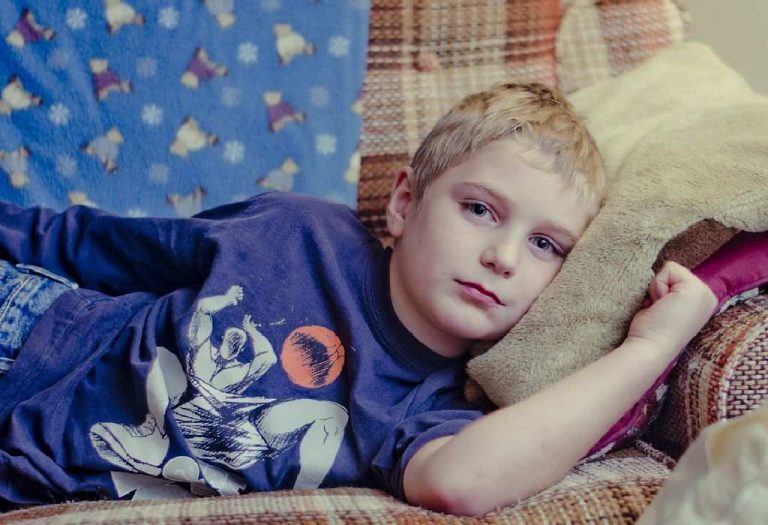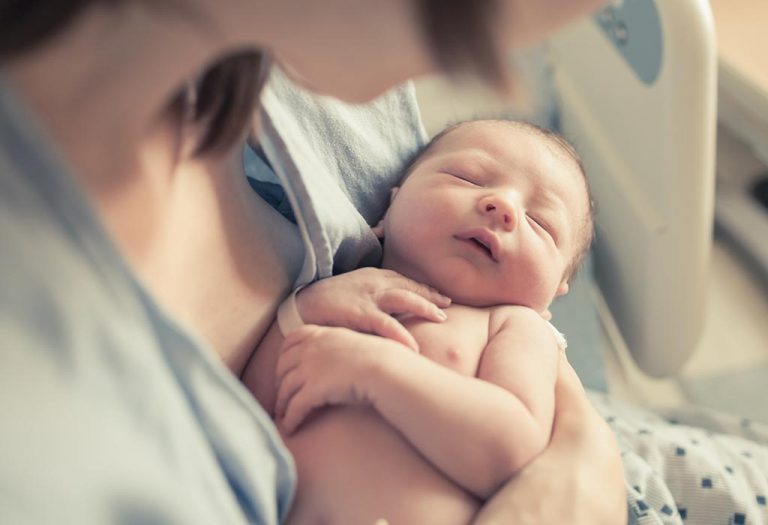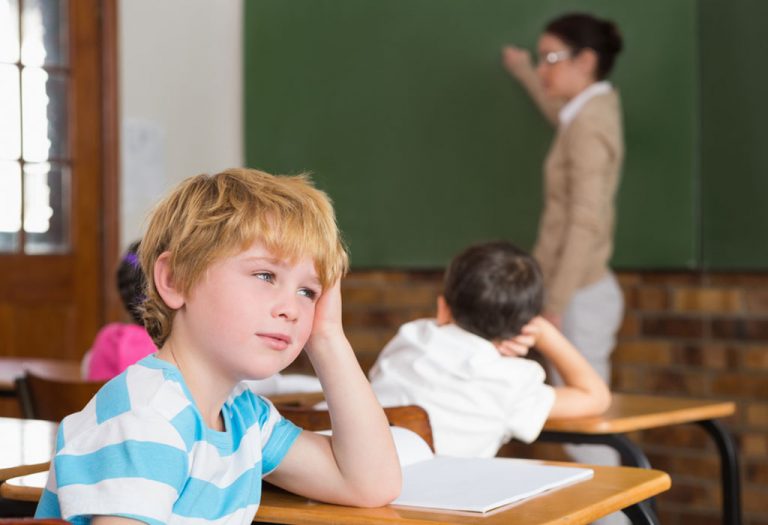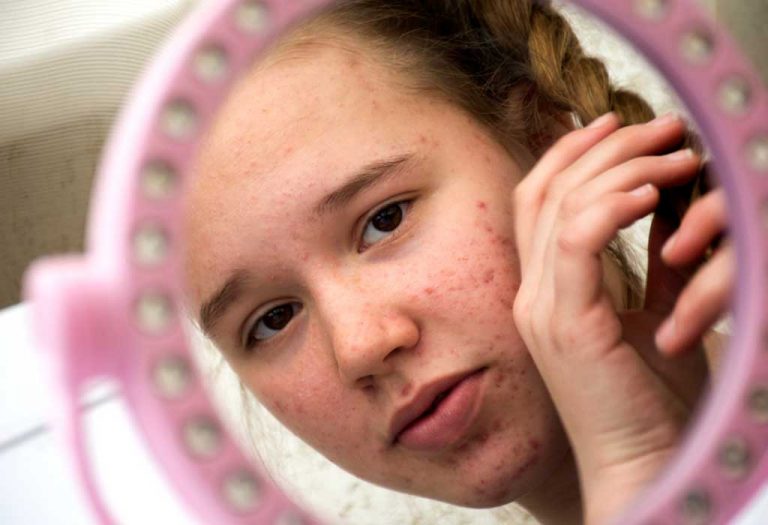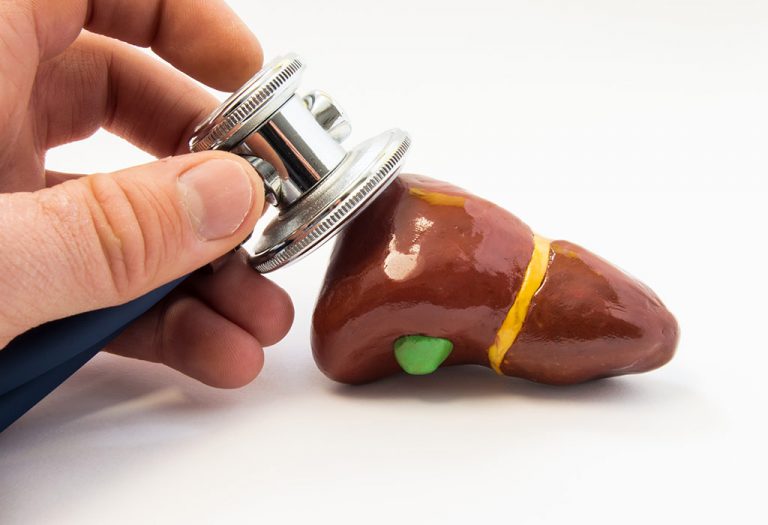Respiratory Rate in Children – What’s Normal and What’s Not?
The respiratory rate in children is often a concern for many parents. While adults take about 12-20 breaths in a minute, children tend to breathe faster. A child’s respiratory rate opens a wide window into the world of diagnosis, similar to blood pressure and temperature, as a part of vital signs (1). It is normal to be worried about whether your child’s respiratory rate is normal, how to measure it, and what you can do to prevent it from fluctuating too much. Here is a guide on everything you need to know about your child’s respiratory rate and when do you need to call a doctor in this article.
What Is Respiratory Rate?
Respiratory rate is defined as the number of breaths one takes in a minute while the body is at rest. The number of breaths taken indicates how often the brain asks the body to breathe. It also indicates the functional efficiency of the lungs. This, in turn, depends on the blood oxygen level, the kind of activity performed, and the person’s health conditions. Oxygen enters the lungs when you breathe in. This oxygen reaches all the cells.
Similarly, when you breathe out, carbon dioxide is exhaled. Monitoring the respiratory rate will keep us in the loop about bodily functions and also alert us to seek medical attention as and when necessary. A normal respiratory rate plays a critical role in keeping the balance of oxygen and carbon dioxide even in the body.
What Is the Normal Respiratory Rate for Children?
Children have a comparatively higher respiratory rate than adults, and of different age groups have different respiratory rates (2). This is owing to changes in the intensity of physical activity, body temperature, level of electrolytes, and other vital parameters. The table below suggests the normal respiratory rate for children from diverse age groups (3):
| AGE |
RESPIRATORY RATE (BREATHS/MIN)
|
| Infant (birth-1 year) | 30-60 |
| Toddler (1-3 years) | 24-40 |
| Preschooler (3-6 years) | 22-34 |
| School-aged child (6-12 years) | 18-30 |
| Adolescent (12-18 years) | 12-16 |
How to Measure Respiratory Rate in Children?
Respiratory rate is measured when the child’s body is at rest. Running or physical exertion will cause a fluctuation or discrepancy in the measurement. The steps to be followed for correct measurement are:
- To make an accurate estimate, watch the person’s chest rise and fall.
- The child must be made to sit in an upright position.
- The breathing cycle comprises one inhalation and one exhalation. Therefore rise, and fall of the child’s chest once constitutes one cycle.
- To measure the respiratory rate, count the number of breaths for an entire minute or 30 seconds and multiply that number by two.
- Other factors affecting the count’s accuracy could be attributed to emotional condition, health status, and other bodily parameters.
What Does It Measure?
The metabolic process of respiration relies on the activity of the neural control system, sensory input system, and muscular system. So, an increase or decrease in the rate indicates any dysfunction. However, it is important to note that this increase or decrease also happens when children run, jog or even walk across the room. This is not suggestive of any possible ill-effect. Therefore, measurement of the rate gives a true depiction of how functional the lungs are, how the body responds to strenuous physical activities, and how regular breathing is. It also hints at any possible health crisis in the future. If difficulty or fluctuations in the pattern persist, seek medical attention.
Reasons for Irregular Respiratory Rate in Children
Irregular respiratory rates can be observed in several situations. Before rushing to the doctor, it is important to know what causes this irregularity. Anything higher or lower than the acceptable ranges can be due to any respiratory illness the child is already suffering from, anxiety, overdosage of drugs, heart irregularities, any brain injury, substantial drop in body temperature, and, for that matter, even metabolic disorders like hyper or hypothyroidism. Irregularities in children also happen when the airway is obstructed during sleep, resulting in the child struggling a little. In medical terms, this is called obstructive sleep apnea. If an individual takes more than 20 breaths in a minute, it is termed tachypnea (1).
Increased Respiration Rate
The reasons responsible for an increased respiration rate are:
- Anxiety – The activation of a fight or flight response during panic attacks leads to faste breathing in children (4).
- Fever – The body reacts to fight infection during fever, and common symptoms include a rise in temperature and shivering. That is the body’s way of reacting to cool down the excess heat. The normal respiratory rate for toddlers with fever is therefore high.
- Dehydration – Dehydration occurs when the body faces a dearth of water to meet its needs. As a result, fluid level lowers and affects the electrolyte balance. This causes changes in the exchange pattern of gases and increases the respiratory rate as the body tries to exert energy from the cells (5).
- Asthma or other respiratory ailments – Due to decreased access for oxygen to enter the airways, children face difficulty breathing. This leads to increased respiration. Other respiratory ailments like carbon monoxide poisoning, chronic obstructive pulmonary disease, pneumonia, etc., also increase an individual’s respiration rate (6).
- Infections – Inflammation occurs due to infections that hinder oxygen intake, thereby leading to an increase in the rate.
Decreased Respiration Rate
A decrease in respiration rate is observed due to the following reasons:
- Obstruction – The respiratory rate for infants occasionally shows increased rates, but this is a mild condition. The cause is often a slight drop in temperature or small obstruction in the airway. It involves a blockage of the airway, often due to the relaxation of the soft tissues in the throat.
- Overdosage – Certain narcotics prescribed to children for pain management produce counter effects when given in overdose and may lead to low respiration rate (7). A fall in respiratory rate can eventually lead to respiratory depression.
- Brain injury – As the lungs and brain work synonymously to achieve normal rates, an injury in the brain could lead to decreased activity of the lungs.
- Hypothermia – Sustained exposure to cold temperatures lowers respiratory rates.
- Metabolic – Respiratory rates tend to drop to balance the effects of abnormal metabolic processes in the body.
When to Call a Doctor?
A child needs to be rushed for medical assistance when :
- Limits, both high and low: For a child of 1-12 years, a breathing rate of more than 40 breaths per minute, and for a child older than 12 years, more than 20 breaths indicates irregular breathing patterns. Fewer than 12 breaths per minute are also dangerous.
- Stridor: Each time the child inhales, an audible wheezing sound could be due to a blocked air passage.
- Colour changes to blue: On not receiving sufficient oxygen, children turn blue. The doctor must be called immediately. The bluish tinge is easily observed near the mouth corners, lips, and nails.
- Chest retractions: The chest muscles are pulled in deeper than normal when the child finds breathing difficult.
- Decreased alertness: A tired and weary face and a delayed response to verbal cues hint at the lowered supply of oxygen to the cells.
- Flared nostrils: The nostrils are wide open during inhalation as the child struggles to breathe.
- Grunting: When children grunt during exhalation, it suggests trouble breathing.
- Anything unusual, rush!: Asthma symptoms or a lung infection include coughing, wheezing, and increased mucus.
These conditions, individually or combined, demand immediate medical intervention.
A child’s health is of foremost importance to any parent. But often, early signs are neglected. The respiratory rate is highly important and needs to be monitored. Any irregularity should be immediately taken care of before it worsens.
FAQs
1. What are the symptoms of pediatric respiratory distress?
If a child is in respiratory distress. they will show signs like (8):
- Noisy breathing
- Chest retraction
- Changes in skin quality (become pale, bluish, purplish, or greyish in colour)
- Restlessness or anxiousness (not their usual self)
- Nasal flaring
- Changes in the body position by leaning forward or tilting their head backwards or up in an attempt to breathe more
2. What should I do if I see a child in respiratory distress?
If you see a child in respiratory distress or suspect an increased child breathing rate, immediately call medical assistance. If the child passes out, immediately start CPR (cardiopulmonary resuscitation) by doing chest compressions by combining both hands together and pressing the centre of the upper chest at uniform intervals (9).
3. What can be done to help children with breathing difficulties?
There are a lot of ways to make things comfortable for children having breathing difficulties, including encouraging them to drink water and ensure they are in cool and calm environment and away from the chaotic atmosphere (10).
It is possible to measure the respiratory rate even without any sophisticated tools. You could easily determine if your child faces any difficulty breathing either from their face or by measuring the rate. We can see our children grow into healthy individuals with little care and timely medical supervision.
References/Resources:
1. Sapra. A, Malik. A, Bhandari. P; Vital Sign Assessment; Treasure Island (FL): StatPearls Publishing; NLM; https://www.ncbi.nlm.nih.gov/books/NBK553213/
2. Chourpiliadis. C, Bhardwaj. A; Physiology, Respiratory Rate; Treasure Island (FL): StatPearls Publishing; NLM; https://www.ncbi.nlm.nih.gov/books/NBK537306/
3. Pediatric Respiratory Rates Age Rate (breaths per minute); New York State Department of Health (.gov); https://www.health.ny.gov/professionals/ems/pdf/assmttools.pdf
4. Chand. S. P, Marwaha. R; Anxiety; Treasure Island (FL): StatPearls Publishing; NLM; https://www.ncbi.nlm.nih.gov/books/NBK470361/
5. Taylor. K, Tripathi. A. K, Jones. E. B; Adult Dehydration; Treasure Island (FL): StatPearls Publishing; NLM; https://www.ncbi.nlm.nih.gov/books/NBK555956/
6. Park. S. B, Khattar. D; Tachypnea; Treasure Island (FL): StatPearls Publishing; NLM; https://www.ncbi.nlm.nih.gov/books/NBK541062/
7. Schiller. E. Y, Goyal. A, Mechanic. O. J; Opioid Overdose; Treasure Island (FL): StatPearls Publishing; NLM; https://www.ncbi.nlm.nih.gov/books/NBK470415/
8. Respiratory Distress; Nationwide Children’s; https://www.nationwidechildrens.org/conditions/respiratory-distress
9. Understanding Normal Respiratory Rates in Children and Adults; Advanced Medical Certification; https://advancedmedicalcertification.com/understanding-normal-respiratory-rates-in-children-and-adults/
10. Breathing difficulties in children; Patient; https://patient.info/childrens-health/children-with-breathing-difficulties#what-are-the-treatments-for-breathing-difficulties-in-children
Also Read:
Snoring In Children
Chest Infection in Kids
Cystic Fibrosis In Babies and Children
Respiratory Syncytial Virus (RSV) in Children
Was This Article Helpful?
Parenting is a huge responsibility, for you as a caregiver, but also for us as a parenting content platform. We understand that and take our responsibility of creating credible content seriously. FirstCry Parenting articles are written and published only after extensive research using factually sound references to deliver quality content that is accurate, validated by experts, and completely reliable. To understand how we go about creating content that is credible, read our editorial policy here.







